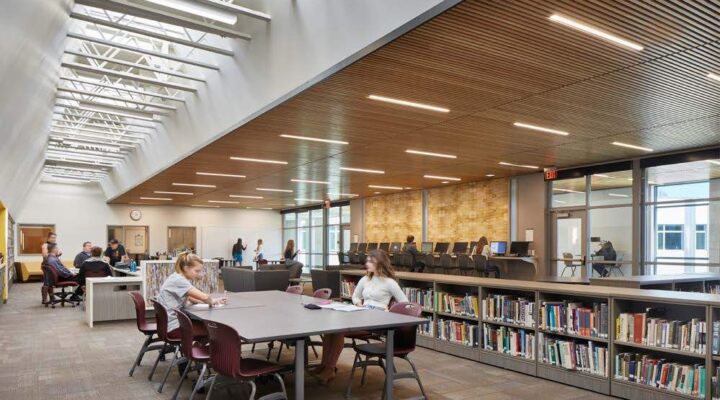The lighting and controls industry is moving rapidly towards a future where connected lighting is the communication and infrastructure backbone for the Internet of Things (IoT). Luminaire Level Lighting Controls (LLLC) will play a key role as we enter the era of smart buildings, connected communities, and grid resilient cities
Lighting will be the backbone of the IoT
Lighting is in our homes, in our businesses, and on our streets. Lighting is ubiquitous throughout the world we have built—and it is energized. This simple fact is why many consider lighting to be the backbone of the IoT market transformation. Market shift to IoT is occurring as an increasing number of products employ integrated sensors such as LLLC. The types of sensors now being integrated into luminaires depends on the application. Office lights are equipped with sensors that can talk to HVAC systems. In retail applications, infrared and Bluetooth sensors track customer shopping patterns.
Light and health
There has been a recent resurgence in the focus on lighting quality, and the physiological effects of light on humans in our homes, businesses, and outdoors. Ongoing research suggests that lighting—both daylight and electric—play central roles in our overall health. Lighting controls may help to modulate the variables currently being researched, including lighting intensity, duration, timing, and spectral power distribution.
What’s next: Continued system integration
As demand for additional services in lighting grows it is becoming more cost-effective for manufacturers to include sensors as a standard offering. Imagine how hard it would be to buy a cell phone without a camera or GPS. As LLLC systems integrate with building management systems, real-time energy monitoring is also becoming a reality.
Tunable white and color tuning
Luminaires equipped with warm and cool LEDs or multicolor LED packages may be capable of field selection or correlated color temperature selection. As the integration trend continues, tunable white and full color systems will become standard equipment offerings in the future. This will become another key non-energy benefit of future lighting controls.
